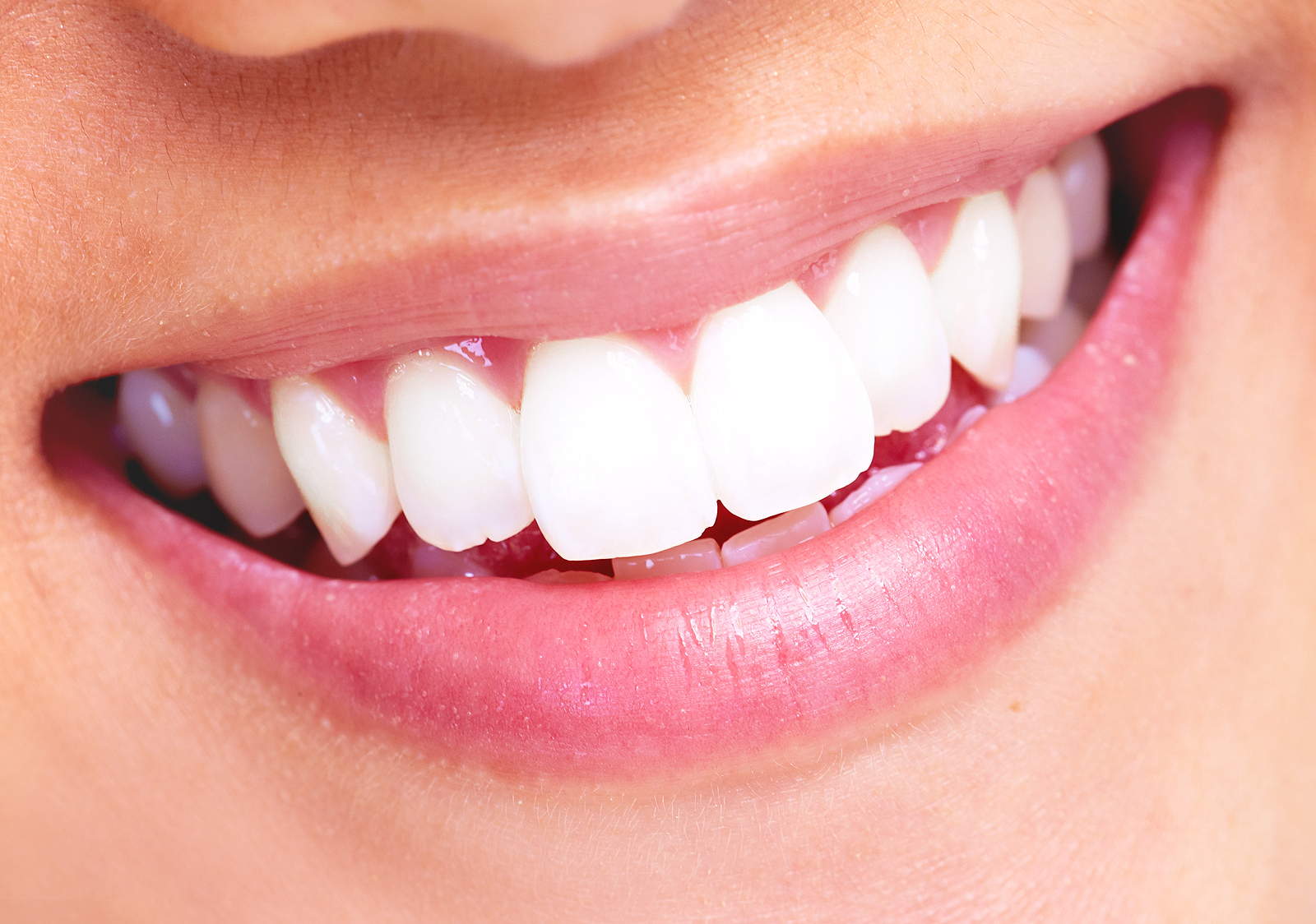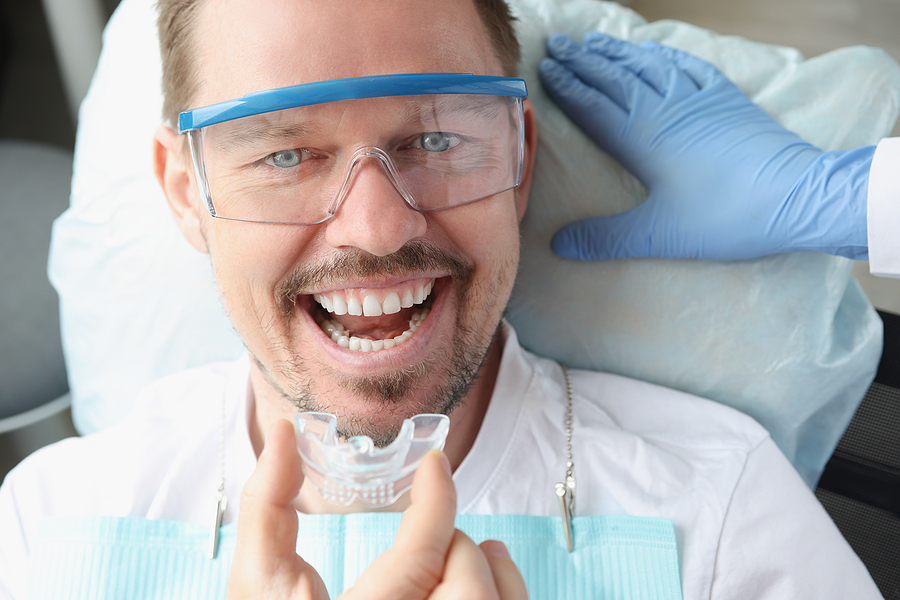What Are All Those X-Rays For?
Posted by Paige Lester on Mar 25 2020, 06:20 AM
X-ray images are very helpful in detecting dental problems that are not visible to the naked eye. They are useful for diagnosing and treating dental disorders.
Digital X-rays
In the past, dentists used to take film-based or “traditional” x-rays. These x-rays require the use of chemicals to develop and give off radiation. Digital x-rays use an electronic sensor instead of a film, so there’s no need for developing chemicals or exposure to radiation. Dentists use digital x-rays to get a full view of your mouth which helps them detect cavities and other oral issues early on so they can be quickly resolved before they get worse. Digital x-rays are also faster than traditional ones because they don’t require development time. The dentist can take a digital x-ray of your mouth and quickly view it on a screen within seconds. An intraoral camera also lets a dentist see your teeth up close in real-time so he can see any broken fillings, cracked teeth, or other problems that need immediate attention.
Bitewing X-rays
In addition to checking the teeth for decay, bitewing X-rays are used to detect damage to the jawbones. The dentist may detect bone loss caused by periodontal disease as well as tumors in the bone.
These X-rays are also useful in diagnosing the temporomandibular joint disorder and impacted wisdom teeth. If your dentist suspects that you have these oral health issues, they may recommend that you receive bitewing X-rays as part of your dental examination.
Periapical X-rays
These X-rays are also referred to as bitewing X-rays because they show the upper and lower teeth in one image. This type of imaging allows your dentist to see your tooth roots and the surrounding bone and tooth sockets. It can help diagnose any infections, abscesses, or other problems around the roots of your teeth that might not be visible in a regular visual exam. This is usually the first type of X-ray taken during a routine checkup.
Panoramic X-rays
Your dentist may use panoramic x-rays of your jaw to check for tumors, cysts, and bone loss. These problems can be invisible to the naked eye but will show up clearly on an X-ray.
Dental professionals may also use panoramic x-rays to plan treatments, such as dental implants or dentures. The images from these scans show the exact shape of your mouth in three dimensions. This allows your dentist to design your treatment with precision.
If you suffer from bruxism, your dentist may prescribe a night guard to protect your teeth from excessive wear. A panoramic x-ray will help your dentist identify your exact bite pattern, allowing him or her to create a customized night guard.
Call us or schedule an appointment to learn more.



